5G subscriptions to top 2.6 billion by end of 2025: Ericsson
By MYBRANDBOOK
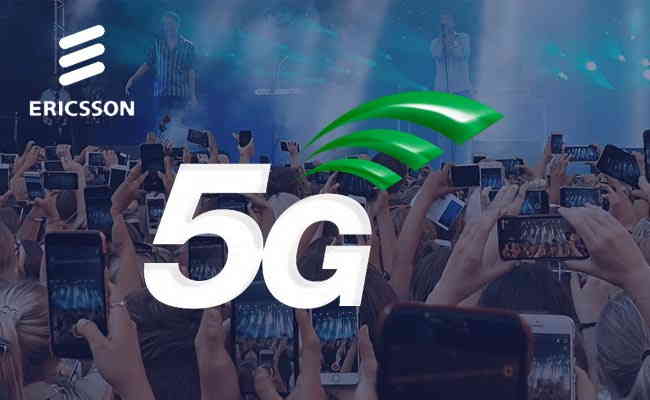
Ericsson expects the global number of 5G subscriptions to top 2.6 billion within the next six years, driven by sustained momentum and a rapidly developing 5G ecosystem. The forecast is included in the November 2019 edition of the Ericson Mobility Report, alongside a range of other forecasts with an end-of-2025 timeline and communications service provider insights.
Average monthly data-traffic-per-smartphone is forecast to increase from the current figure of 7.2 GB to 24 GB by the end of 2025, in part driven by new consumer behavior, such as Virtual Reality (VR) streaming. With 7.2 GB per month, one can stream 21 minutes of HD video (1280 x 720) daily, while 24 GB would allow streaming 30 minutes of HD video with an additional six minutes of VR each day.
The report also projects that 5G will cover up to 65 percent of the global population by the end of 2025, and handle 45 percent of global mobile data traffic.
2019 is the year leading communications service providers in Asia, Australia, Europe, Middle East, and North America switched on their 5G networks. South Korea has already seen a big 5G uptake since its April 2019 launch. More than three million subscriptions were collectively recorded by the country’s service providers by the end of September 2019.
China’s launch of 5G in late October has also led to an update of the estimated 5G subscriptions for year-end 2019, from 10 million to 13 million.
Fredrik Jejdling, Executive Vice President and Head of Networks, Ericsson, says: “It is encouraging to see that 5G now has broad support from almost all device makers. In 2020, 5G-compatible devices will enter the volume market, which will scale up 5G adoption. The question is no longer if, but how quickly we can convert use cases into relevant applications for consumers and enterprises. With 4G remaining a strong connectivity enabler in many parts of the world, modernizing networks is also key to this technological change we’re going through.”
Given its current momentum, 5G subscription uptake is expected to be significantly faster than that of LTE. The most rapid uptake is expected in North America with 74 percent of mobile subscriptions in the region forecast to be 5G by the end of 2025. North East Asia is expected to follow at 56 percent, with Europe at 55 percent.
Other forecasts include: total number of cellular IoT connections now seen at five billion by the end of 2025 from 1.3 billion by end 2019 – a compound annual growth rate of 25 percent. NB-IoT and Cat-M technologies are estimated to account for 52 percent of these cellular IoT connections in 2025.
Year-on-year traffic growth for the third quarter of 2019 was high at 68 percent, driven by the growing number of smartphone subscriptions in India, the increased monthly data traffic per smartphone in China, better device capabilities, an increase in data-intensive content, and more affordable data plans.
Ericsson Mobility Report Projections for India
As the transformation toward more advanced technologies continues in India, LTE is forecast to represent 80 percent of mobile subscriptions by the end of 2025. LTE subscriptions are forecast to increase by 150 million during 2019 and pass GSM/EDGE as the dominant technology. “Modernizing existing networks, improving network performance and increasing user experience continue to be at the core of every service provider’s day-to-day business, both in India as well as globally “, states Nitin Bansal, Head of Network Solutions for the Market Area South east Asia, Oceania and India. Mobile broadband technologies will account for 57 percent of mobile subscriptions at the end of the year, and the share of smartphone subscriptions is expected to have increased from 48 percent to 54 percent. 5G subscriptions are expected to become available in 2022 and will represent 11 percent of mobile subscriptions at the end of 2025.
In the India region, the average monthly mobile data usage per smartphone has seen an extraordinary increase in recent years, becoming the highest in the world. “Low prices for mobile broadband services, affordable smartphones and people’s changing video viewing habits have continued to drive monthly usage growth in the region.” states Mr Bansal.
By 2025, 500 million additional smartphone users are expected in India and total traffic is projected to triple, reaching 22EB per month in 2025. This comes from two factors: high growth in the number of smartphone users and an increase in average usage per smartphone.
Customer insights shared in collaborative feature articles
In a collaborative article written with SK Telecom, the report takes a detailed look at how the South Korean service provider is applying a 5G cluster deployment strategy centered around providing a premium 5G network experience and innovative services to customers in selected geographical locations.
Another article, co-authored with the MTN Group, examines how the South African-based service provider’s focus on user experience and customer loyalty has resulted in measurable network improvements and commercial gains in Rwanda and Ghana.
The report also takes an in-depth look at service providers’ tariff plans, revealing that most service providers who have launched 5G have priced 5G packages about 20 percent higher than their nearest available 4G offering. Lastly, there is an article describing how automotive IoT meets different use case requirements of automotive and transport applications.


Legal Battle Over IT Act Intensifies Amid Musk’s India Plans
The outcome of the legal dispute between X Corp and the Indian government c...

Wipro inks 10-year deal with Phoenix Group's ReAssure UK worth
The agreement, executed through Wipro and its 100% subsidiary,...

Centre announces that DPDP Rules nearing Finalisation by April
The government seeks to refine the rules for robust data protection, ensuri...

Home Ministry cracks down on PoS agents in digital arrest scam
Digital arrest scams are a growing cybercrime where victims are coerced or ...

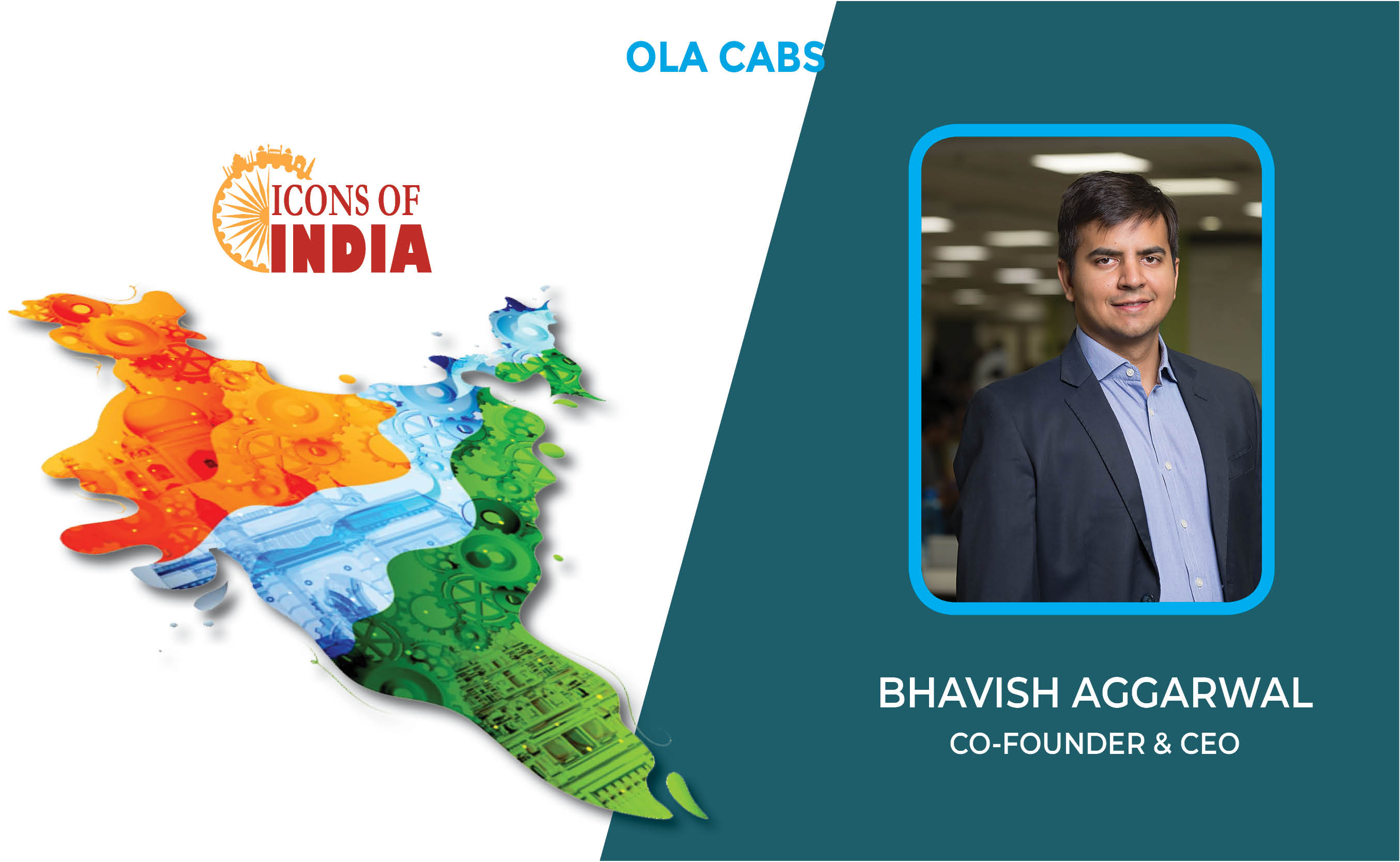
Icons Of India : Bhavish Aggarwal
Indian entrepreneur Bhavish Aggarwal is the CEO of Ola, India’s larg...
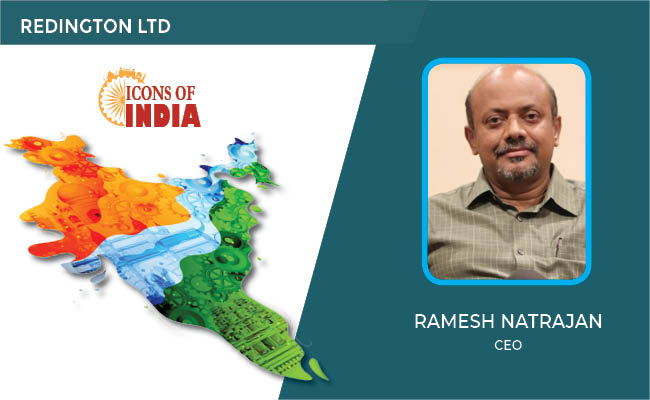
ICONS OF INDIA : RAMESH NATRAJAN
Ramesh Natarajan, CEO of Redington Limited, on overcoming ‘technolog...
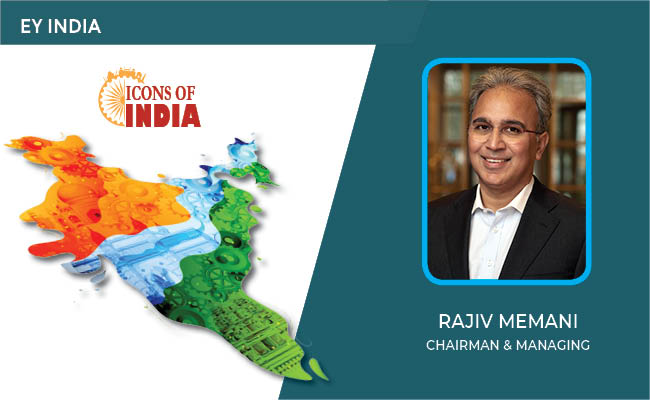
ICONS OF INDIA : RAJIV MEMANI
As Chair of the EY Global Emerging Markets Committee, Rajiv connects e...

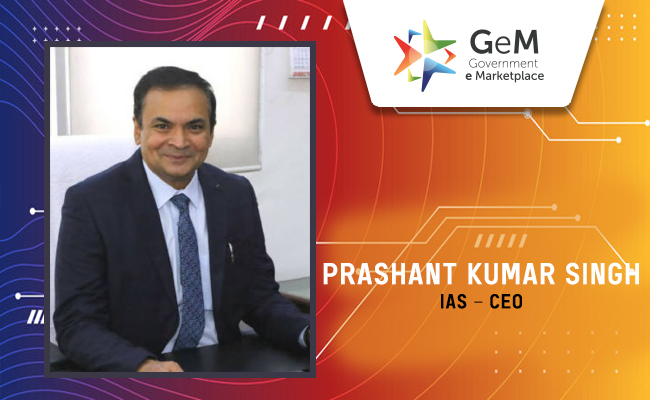
GeM - Government e Marketplace
GeM is to facilitate the procurement of goods and services by various ...
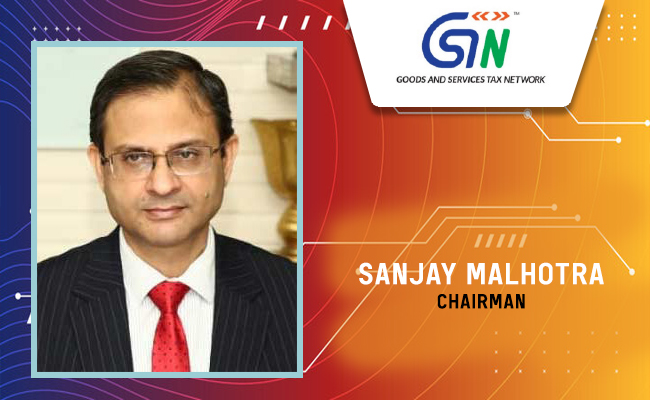
GSTN - Goods and Services Tax Network
GSTN provides shared IT infrastructure and service to both central and...

EESL - Energy Efficiency Services Limited
EESL is uniquely positioned in India’s energy sector to address ener...

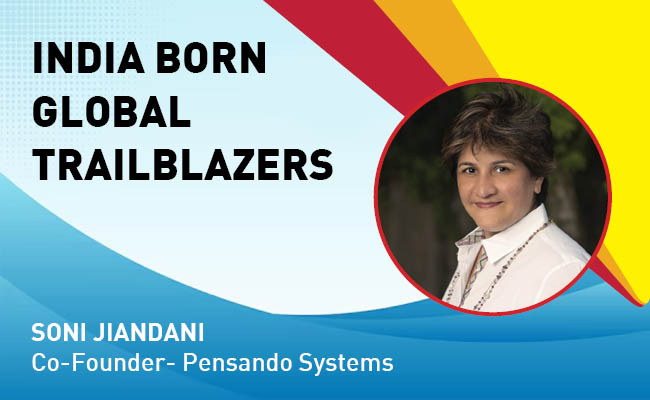
Indian Tech Talent Excelling The Tech World - Soni Jiandani, Co-Founder- Pensando Systems
Soni Jiandani, Co-Founder of Pensando Systems, is a tech visionary ren...
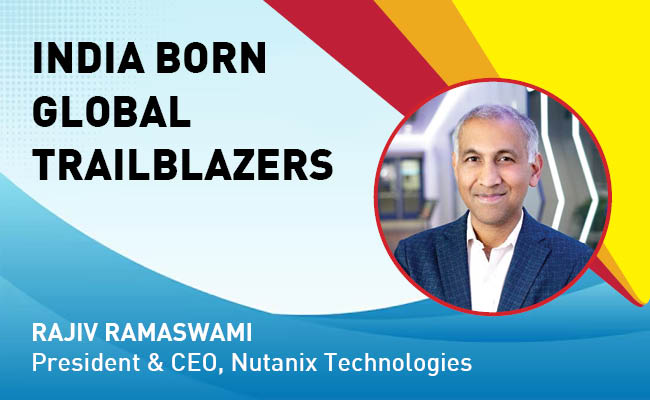
Indian Tech Talent Excelling The Tech World - Rajiv Ramaswami, President & CEO, Nutanix Technologies
Rajiv Ramaswami, President and CEO of Nutanix, brings over 30 years of...
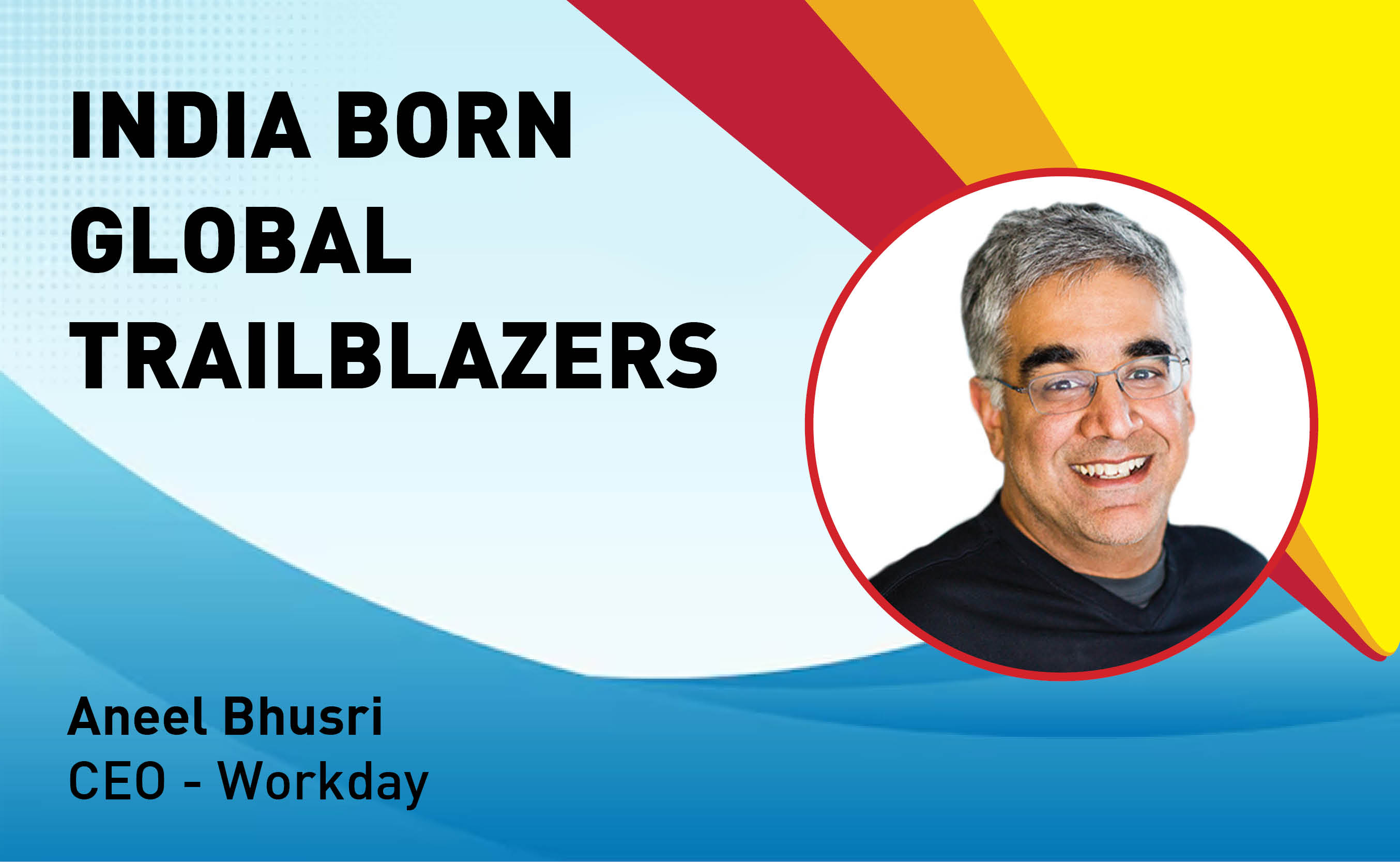
Indian Tech Talent Excelling The Tech World - Aneel Bhusri, CEO, Workday
Aneel Bhusri, Co-Founder and Executive Chair at Workday, has been a le...
 of images belongs to the respective copyright holders
of images belongs to the respective copyright holders